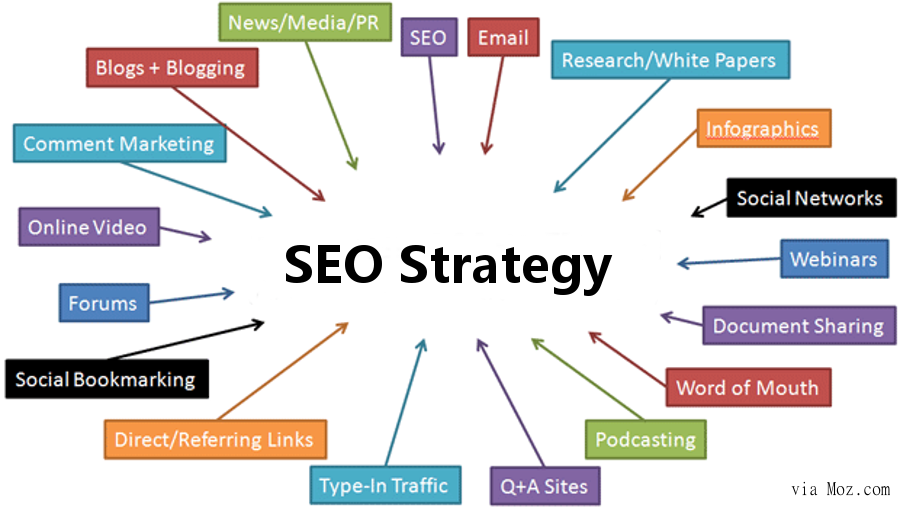Demystifying What Is Ruled Out a Default Medium in Google Analytics
Demystifying What Is Ruled Out a Default Medium in Google Analytics
Blog Article
Introducing the Unconventional Mediums in Google Analytics Beyond Default Settings
In the realm of digital analytics, Google Analytics stands as a foundation for organizations seeking to comprehend their on-line existence. While default setups provide valuable understandings, truth deepness of comprehending hinge on checking out the unconventional tools that usually go unnoticed. By venturing beyond the surface and delving right into the details of social media data, email campaign efficiency, reference website traffic resources, direct traffic patterns, and customized channel collections, a gold mine of info awaits those happy to embrace a more nuanced method. What lies below these non-traditional tools may just redefine just how organizations regard and plan their on-line efforts.

Leveraging Social Media Insights
Sometimes overlooked, yet greatly important, is the technique of leveraging social networks understandings within the realm of Google Analytics. By integrating information from platforms like Facebook, Twitter, Instagram, and LinkedIn into Google Analytics, services can gain a much deeper understanding of their target market and the effectiveness of their social networks projects.
Through this combination, marketing experts can track and evaluate user behavior on their website that stems from social media platforms. They can determine which social media sites networks are driving the most traffic, which content is resonating with the audience, and which projects are transforming one of the most leads. This understanding permits data-driven decisions to maximize social media techniques and boost general advertising efficiency.
Moreover, by incorporating social media sites understandings with Google Analytics, companies can produce a lot more targeted and customized campaigns - what is not considered a default medium in google analytics. They can use market info, rate of interests, and online behaviors gathered from social media to fine-tune their target market division and deliver tailored messages that resonate with specific customer teams. This targeted strategy can bring about greater interaction, raised conversions, and eventually, enhanced roi
Uncovering Email Campaign Efficiency
Revealing Email Campaign Performance entails analyzing crucial metrics and efficiency indicators to examine the effectiveness of email advertising and marketing initiatives. When delving into email project efficiency, it is essential to examine metrics such as open prices, click-through prices, conversion prices, and unsubscribe prices. By evaluating these metrics, marketing experts can tweak their email campaigns for better engagement and performance.
Analyzing Reference Web Traffic Sources
After evaluating the performance of e-mail campaigns via vital metrics such as open prices and conversion rates, the following essential step is evaluating reference traffic resources in Google Analytics to understand where web site visitors are originating from and just how they interact with the website. Recommendation web traffic sources refer to the sites that route users to your website via clickable web links. By diving right into this data, businesses can get understandings right into which outside systems are driving website traffic to their site, whether it be social media systems, partner sites, or online directory sites.
Examining reference traffic can supply important information on the efficiency of outside advertising efforts and collaborations. It helps businesses identify high-performing recommendation resources that contribute substantially to site traffic and conversions. Furthermore, by comprehending the behavior of site visitors originating from various reference resources, organizations can customize their advertising and marketing approaches to enhance involvement and conversions. Google Analytics offers in-depth reports on reference traffic, permitting companies to track the efficiency of each recommendation resource accurately and make data-driven choices to improve their on-line existence.
Discovering Straight Website Traffic Patterns
Exploring the direct traffic patterns in Google Analytics offers useful understandings right into customer actions and the performance of campaigns - what is not considered a default medium in google analytics. Direct traffic refers to visitors who arrive at a site by directly inputting the URL into their web browser, utilizing book markings, or clicking on untagged links. Understanding direct traffic patterns can help marketing professionals examine the effect of offline advertising efforts, brand recognition, and the performance of word-of-mouth references
By diving into straight traffic data, services can reveal crucial details concerning individual intent and sites brand loyalty. Analyzing the actions of straight site visitors, such as the web pages they check out, the time spent on website, and the conversion price, can offer a deeper understanding of customer interaction and the overall effectiveness of the internet site in transforming visitors right into clients.
Furthermore, tracking direct website traffic patterns gradually allows organizations to determine trends, seasonality results, and the success of certain campaigns or promos in driving direct brows through. This info can then be made use of to fine-tune marketing methods, optimize internet site material, and boost the general customer experience to make best use of conversions.
Utilizing Personalized Channel Groupings
Using customized network groupings in Google Analytics permits businesses to classify and analyze their web site web traffic based on certain criteria, supplying valuable understandings for optimizing advertising strategies. Customized network groupings allow firms to create their own personalized groups of traffic sources, such as social media sites, natural search, email campaigns, and reference website traffic. By defining these collections, services can obtain a deeper get redirected here understanding of how different advertising and marketing networks add to their website web traffic and conversions.
This feature is particularly beneficial for organizations with varied advertising techniques across various platforms. A firm running both paid and natural social media projects can set apart in between the two to evaluate their private performance precisely. Furthermore, customized channel collections can help identify any overlooked or ignored traffic sources that may be driving important involvement.
Final Thought

By venturing past the surface area and delving into the details of social media data, email campaign performance, reference traffic sources, direct website traffic patterns, and custom channel collections, a prize chest of information awaits those ready to welcome a more nuanced method. They can recognize which social media networks are driving the most traffic, which this website material is reverberating with the target market, and which projects are transforming the most leads.After evaluating the performance of email projects with vital metrics such as open prices and conversion rates, the next important action is examining reference web traffic resources in Google Analytics to recognize where website visitors are coming from and how they communicate with the site. Customized channel collections allow business to produce their own personalized collections of web traffic sources, such as social media, organic search, e-mail projects, and reference website traffic. By leveraging social media understandings, discovering email campaign performance, analyzing referral traffic resources, discovering straight web traffic patterns, and using custom-made channel groupings, online marketers can acquire valuable insights right into their on the internet existence.
Report this page